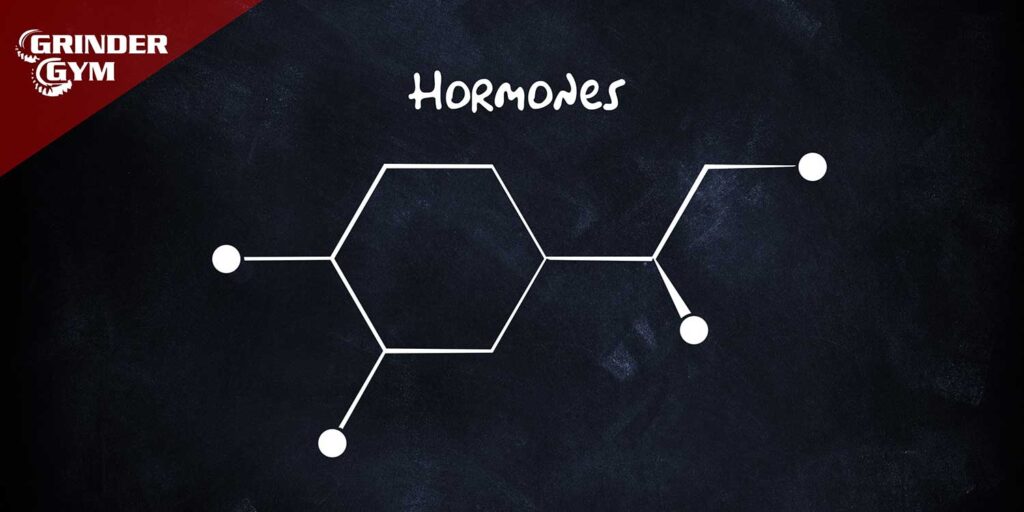
A tripeptide with a strong affinity for copper ions, known for its wound healing and anti-aging properties. GHK-Cu promotes collagen production, angiogenesis, and anti-inflammatory effects, making it beneficial for skin and tissue repair.
Common Name:
GHK-Cu, Copper Peptide
Compound Name:
Copper Tripeptide-1
Chemical Formula:
C14H24N6O4Cu
Molecular Weight:
403.93 g/mol
Sequence and Amino Acid Composition:
- Sequence: Gly-His-Lys
- Amino Acid Profile:
- Glycine (G):
- Frequency: 1
- Properties: Smallest amino acid, non-polar, provides flexibility.
- Role in the Peptide: Facilitates copper binding and enhances skin penetration.
- Histidine (H):
- Frequency: 1
- Properties: Contains an imidazole ring, capable of binding metal ions.
- Role in the Peptide: Central to copper binding, crucial for the peptide’s biological activity.
- Lysine (K):
- Frequency: 1
- Properties: Positively charged at physiological pH, involved in protein binding.
- Role in the Peptide: Helps stabilize the copper complex and enhance cell signaling.
- Glycine (G):
Structure:
GHK-Cu is a tripeptide complexed with a copper ion, which significantly enhances its stability and biological activity. The peptide binds copper through the nitrogen atom in the imidazole ring of histidine and the amino group of lysine.
Synthesis Method:
Synthesized via solid-phase peptide synthesis, which ensures the precise formation of the tripeptide, followed by complexation with copper to form the active GHK-Cu.
Solubility:
Soluble in water and aqueous buffers, facilitating its application in various formulations, especially in topical solutions.
Stability:
Stable under typical storage conditions, but may degrade in the presence of strong acids, bases, or oxidizing agents. Best stored in a cool, dry place, protected from light.
Function:
GHK-Cu plays multiple roles in the body, primarily in wound healing and tissue repair. It stimulates collagen and glycosaminoglycan synthesis in skin fibroblasts, promotes angiogenesis, and supports anti-inflammatory responses. It also has antioxidant properties, helping to neutralize free radicals.
Benefits and Uses:
- Widely used in skincare and cosmetic products for its anti-aging properties, including reducing fine lines and wrinkles, improving skin elasticity, and enhancing skin barrier function.
- Employed in medical formulations to accelerate wound healing and reduce scar tissue formation.
- Investigated for potential use in hair growth products due to its ability to stimulate follicle cells.
Side Effects:
Generally well-tolerated when used topically; however, excessive use can lead to skin irritation in sensitive individuals. The risk of systemic side effects is low due to minimal systemic absorption.
Regulatory Status:
Not regulated as a drug in most countries; primarily used in cosmetic and topical dermatological products.
ARTICLES




Comments are closed